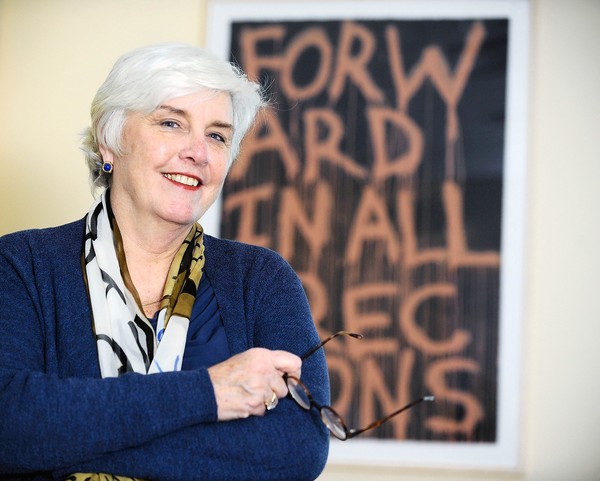People
Doreen Bolger Retires from Baltimore Museum of Art after Nearly Two Decades

Photo: Gene Sweeney Jr. Via: Baltimore Sun

Hili Perlson

Doreen Bolger announced yesterday that she will retire from her position as director of the Baltimore Museum of Art (BMA) in June. She has served as director since 1998.
The legacy of Bolger’s 17-year tenure includes introducing free admission, overseeing a successful 100th anniversary, and a $28 million renovation which is now in its final phase: this year, the BMA will reopen the refurbished, expanded galleries for the African art collection, two new galleries for its Asian art collection, and the new center for learning and creativity. (see Baltimore Art Museum Celebrates 100 Years With New American Wing and Baltimore Museum of Art Reopens Main Entrance After Over 30 Years).
Under Bolger’s leadership, the BMA also successfully sued for ownership when a small-scale Renoir landscape that had gone missing from the museum’s collection in 1951 resurfaced at auction (see Over 60 Years Later, Stolen Renoir Returns to Baltimore Museum of Art).
Bolger retires with the museum’s finances secured. The museum’s endowment nearly doubled during her time, from $56.2 million to $101 million.
“It is wonderful to leave the museum at such a high point in its history. I am honored to have served this amazing institution with such dedicated colleagues, Trustees, and volunteers, with so many generous and loyal supporters and patrons,” Bolger said in a statement.
“Doreen has transformed The Baltimore Museum of Art into one of the most dynamic and innovative cultural institutions in our country,” said Christine Anagnos, Executive Director of the Association for Art Museum Directors.
A specially-appointed committee will oversee the search for the museum’s next director. Bolger will continue to advise the BMA in the interim.